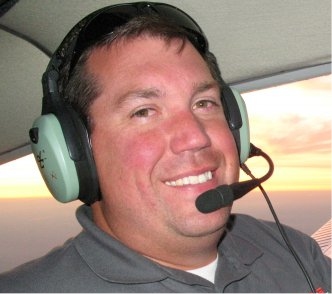Training and Safety Tip: Calibrate your braking
Smoothly and effectively slowing an airplane after landing involves more than just your toes—your brain also plays a critical role. It is up to you to size up the situation and apply the proper braking pressure.

On a long runway, brakes might barely be needed, but land long enough (or on a runway that was short to begin with) and you'll want to decide between applying maximum braking pressure and reducing or varying that pressure to achieve maximum braking effectiveness. Knowing which approach to use depends on understanding the interplay of forces and variables.
Maximum braking effectiveness factors in variables such as runway surface condition, tire condition, traction, weight distribution, and the overall efficiency of the braking system. Aircraft equipped with antilock brakes (a technology developed first for aviation that has come in handy in the automotive world) will automatically vary the braking force to prevent wheel lock and achieve optimal deceleration and stopping power. This ensures safety and control in critical situations. It is not, however, a feature commonly found on training airplanes, so you'll want to supply your own braking modulation as needed.
Several variables affect your decision whether to apply maximum braking pressure or reduce pressure on the brakes to achieve maximum braking effectiveness. Tire traction and runway surface condition are critical to braking performance. For example, a grassy, icy, or wet runway will require a somewhat lighter application of the brakes to avoid hydroplaning or sliding. Applying pressure firmly enough to decrease speed without causing the wheels to lock up is the key to safely controlling the landing and rollout.
Remember that as an aircraft slows down and lift decreases, weight transfers to the wheels and traction increases. As a result, the brakes also become more effective.
In addition, once the wheels are on the ground and you're confident you will not need to take off again immediately, you can retract flaps to decrease lift and shorten the landing roll. Many aircraft manufacturers recommend this in their pilot operating handbooks or airplane flight manuals.
To correctly perform short-field landings and demonstrate this important skill on your checkride, understand the consequences mashing those brakes with all you've got, versus calibrating your input for maximum effective braking.



